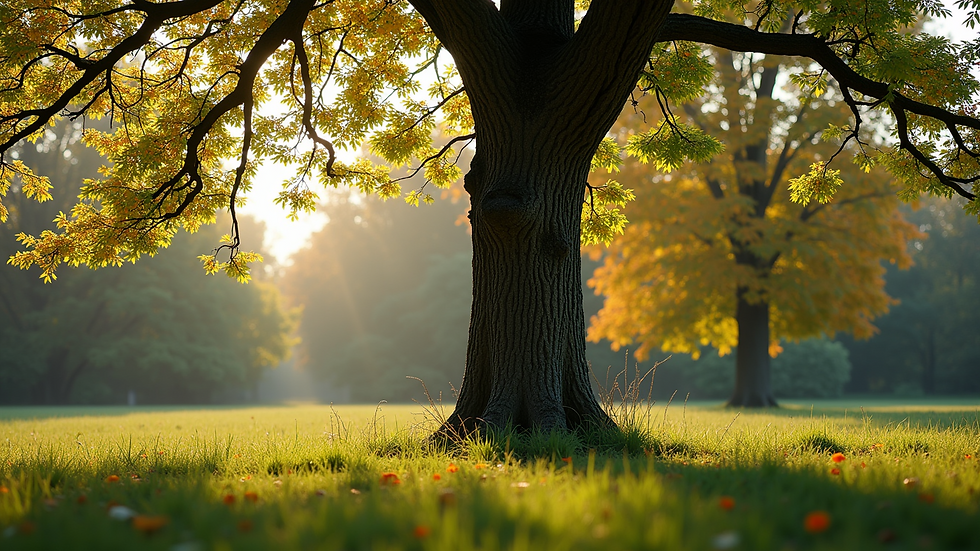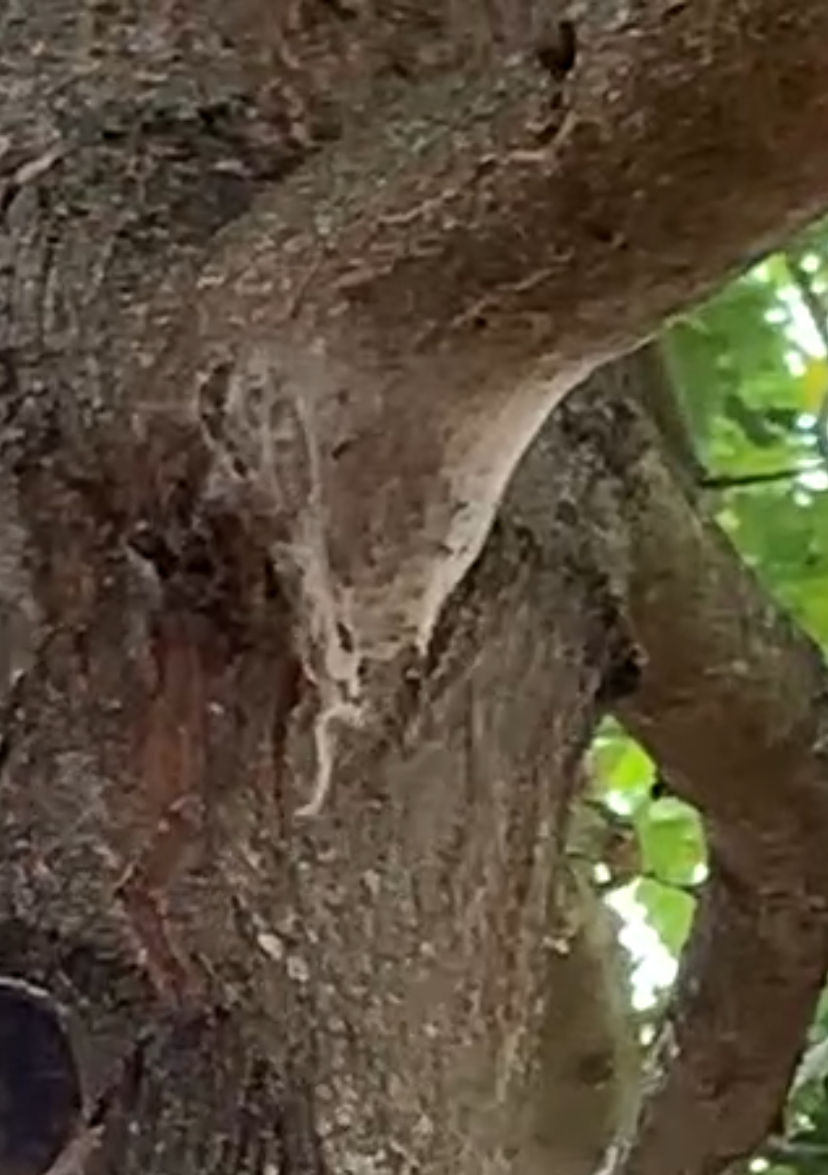Common Tree Diseases and Pests in the UK: How to Spot Them and What to Do
- Lewlandii Tree Services
- Jul 29
- 3 min read
Updated: Nov 4
Trees play a vital role in our environment—providing oxygen, filtering air, stabilising soil, and offering essential habitats for wildlife. But just like any living organism, trees can fall victim to disease and pest infestations, which can seriously affect their health and lifespan.
In this post, we’ll explore some of the most common tree pests and diseases in the UK, how to spot the signs, and what steps to take if you notice something unusual.
Common Tree Diseases in the UK
Ash Dieback
Ash Dieback (Hymenoscyphus fraxineus)
Ash Dieback is a serious fungal disease affecting millions of ash trees across the UK. Since its arrival in 2012, it has caused widespread damage and is expected to kill a significant proportion of the UK's ash population.
Signs include:
Blackened or wilted leaves and leaf stalks
Crown dieback and premature leaf loss in summer
Lesions on the bark or base of branches
What to do: If you suspect Ash Dieback, report it to your local authority or via the government’s TreeAlert service. Infected trees on private land may need to be removed if they pose a safety risk.

Dutch Elm Disease
Once common across the UK, mature elm trees are now a rare sight due to Dutch Elm Disease, spread by elm bark beetles. It blocks water movement within the tree, causing it to wither and die.
Watch for:
Yellowing and wilting leaves
Dead branches appearing in the crown
Dark streaks in the wood beneath the bark
What to do: Prompt removal and disposal of infected wood is key. Speak to an arborist or your local council if you suspect an elm is infected.
Common Tree Pests in the UK
Oak Processionary Moth
The Oak Processionary Moth is a significant pest in parts of southern England. Its caterpillars feed on oak leaves, causing defoliation that weakens trees over time. Additionally, the caterpillars’ tiny hairs can cause skin rashes, eye irritation, and even breathing problems in people and pets.
Look out for:
Silken webbing on oak trunks and branches
Dome-shaped white nests in the canopy
Defoliated patches, especially in late spring to early summer
What to do: Do not touch the caterpillars or nests. Contact your local council or a professional tree specialist immediately.

Greenfly (Aphids)
Greenfly (Aphids)
Greenfly are small, sap-sucking insects that can rapidly multiply, especially in spring and summer. While usually not fatal, large infestations can stress trees and reduce their vigour.
Look for:
Sticky residue (honeydew) on leaves
Leaves curling, yellowing, or becoming distorted
Ants crawling on branches (they’re attracted to the honeydew)
How to manage: Encourage natural predators like ladybirds, or use insecticidal soap where necessary. Avoid harsh chemical sprays that could harm beneficial insects.
Horse Chestnut Leaf Miner
Horse Chestnut Leaf Miner (Cameraria ohridella)
This pest affects horse chestnut trees, causing unsightly brown blotches on the leaves and early leaf drop. Repeated attacks can weaken the tree over time.
Signs include:
Brown or white blotches that look like tunnels in the leaves
Leaves falling early, often by mid-summer
Reduced tree vitality year after year
What to do: Rake up and dispose of fallen leaves in autumn—many of the larvae overwinter in the leaf litter. This simple step can drastically reduce populations for the following year.
Managing Tree Diseases and Pests
Whether you’re a homeowner, gardener, or land manager, taking a few simple steps can help keep your trees healthy and resilient:
Regular Checks: Inspect trees frequently, especially during spring and summer. Look for any unusual signs like discoloured leaves, early leaf drop, or visible pests.
Prune Safely: Remove dead or diseased branches using clean, disinfected tools.
Feed and Water: Ensure trees are well-nourished and watered, particularly during dry spells.
Encourage Biodiversity: Healthy garden ecosystems—with birds, insects, and natural predators—help keep pest levels in check.
Get Expert Advice: When in doubt, contact a qualified tree surgeon or arborist. They can inspect the tree, identify visible issues, and advise on the next appropriate steps—such as whether further investigation or reporting is needed.
Use Chemicals Responsibly: Only use pesticides when absolutely necessary, and always follow guidelines to avoid harming beneficial wildlife.
Protecting Our Trees
Recognising and addressing common tree diseases and pests in the UK is essential for the well being of our green spaces. By staying vigilant and proactive, you can safeguard your trees and ensure they thrive for years to come. Do not hesitate to consult professionals if you suspect any issues—they can provide valuable advice and help maintain the health of our landscapes. With collective efforts, we can keep our forests and gardens vibrant for future generations.





Comments